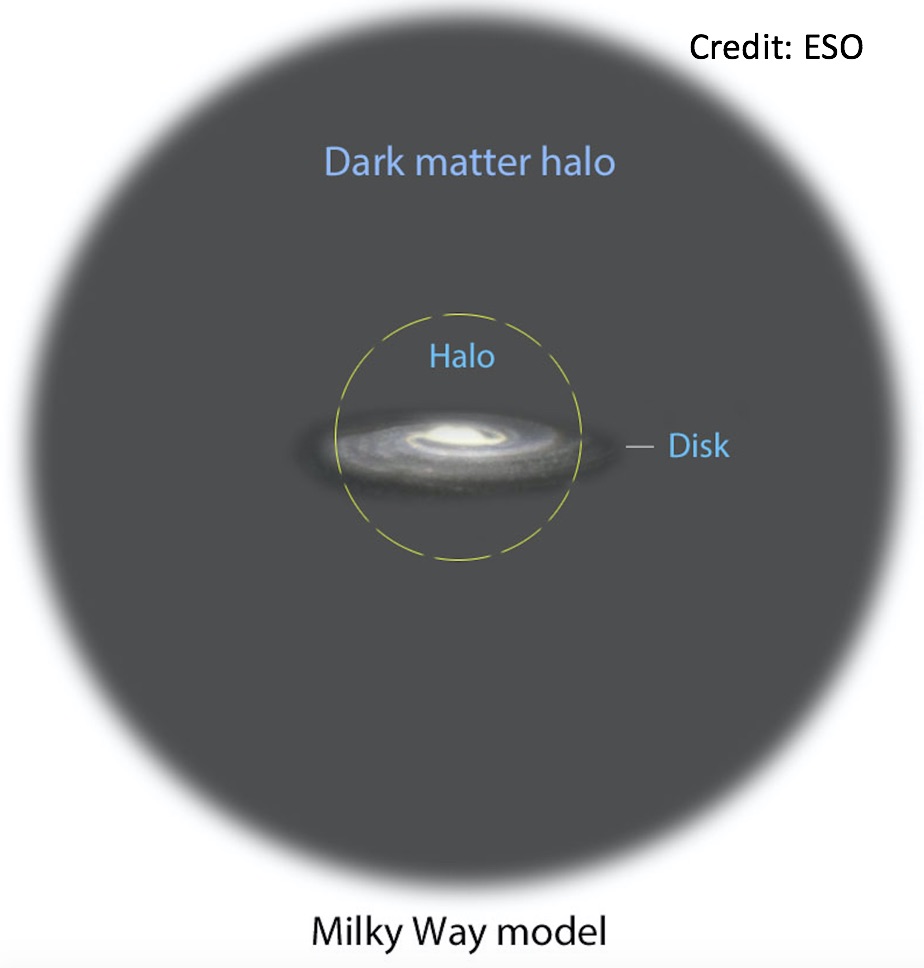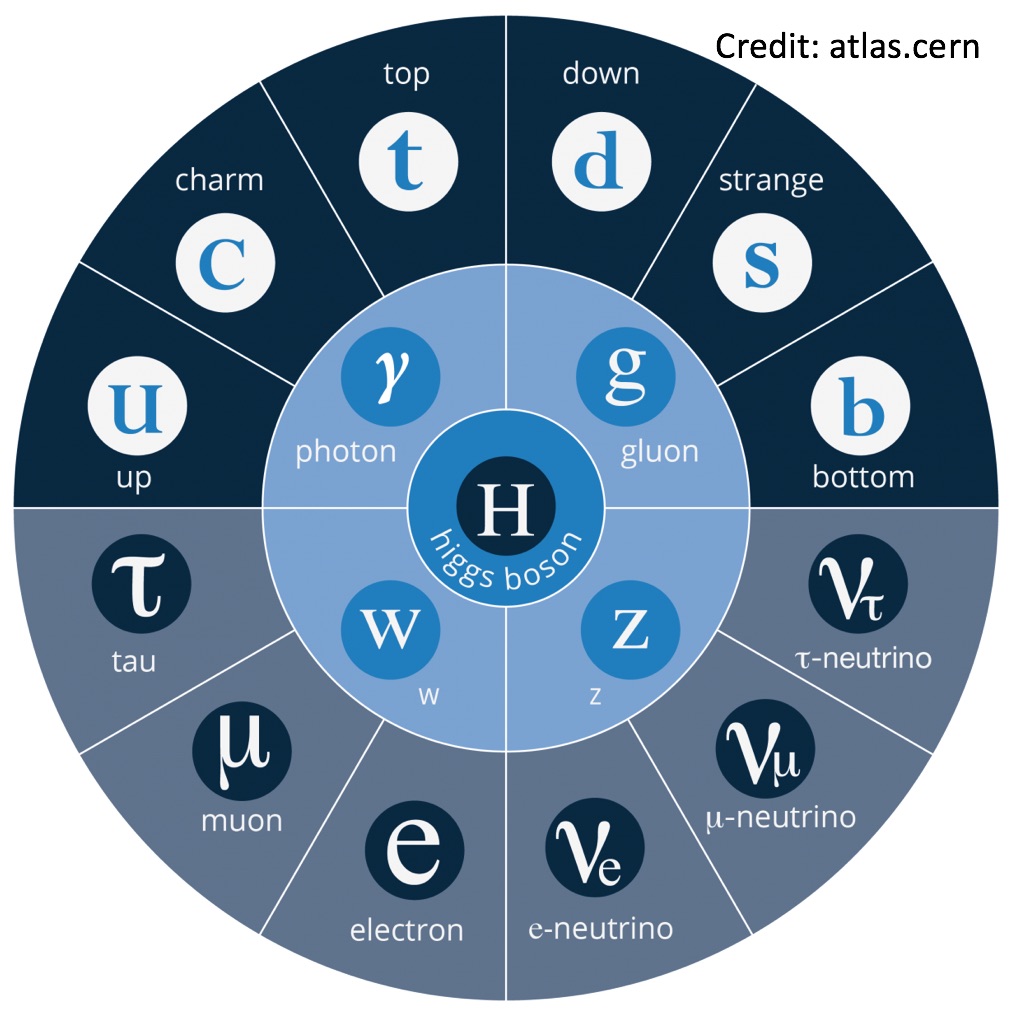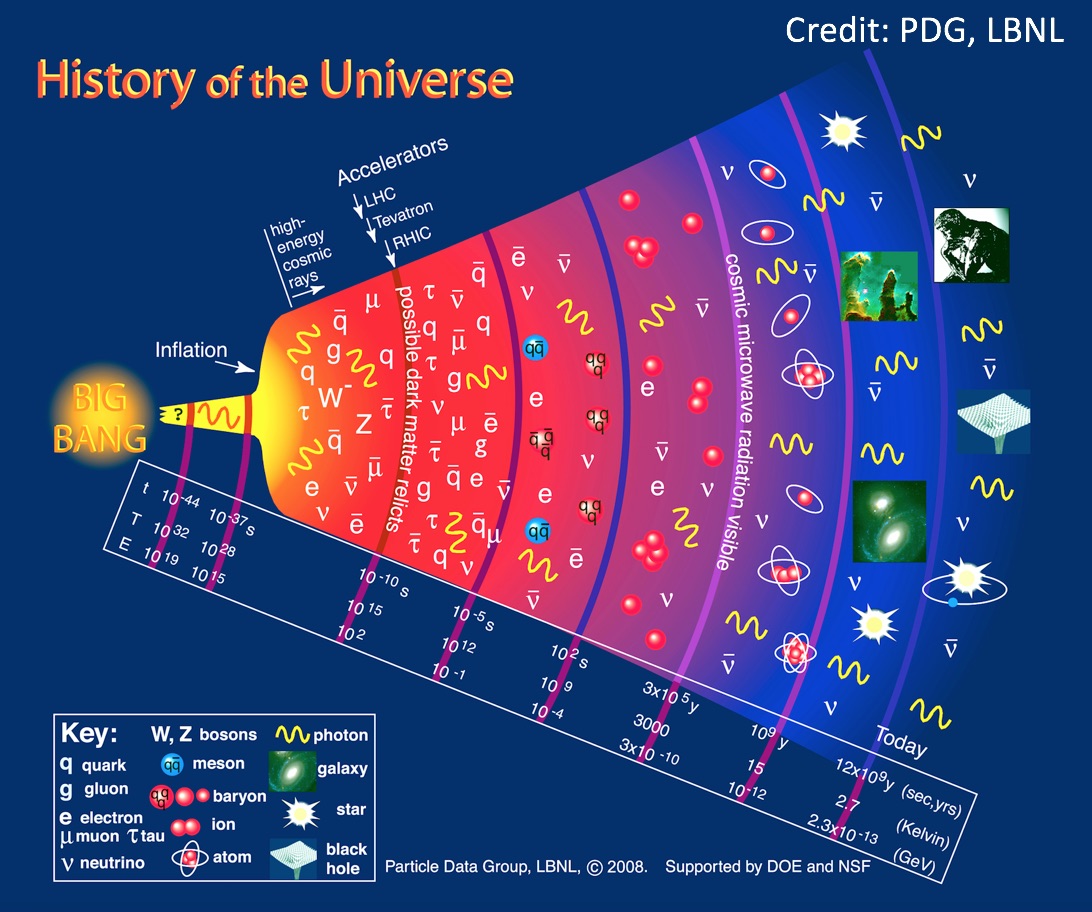
吴培文 副研究员 硕导
2010 年本科毕业于南京大学理科强化部物理专业 (DII-NJU)。2015 年博士毕业于中国科学院理论物理研究所 (ITP-CAS),2015 年至 2019 年在韩国高等科学院 (KIAS) 从事博士后研究工作。研究领域为高能粒子物理,特别是超出粒子物理标准模型 (SM) 的新物理规律 (BSM)。
学术报告和访问经历包括:美国费米国家实验室 (FermiLab)、英国杜伦大学粒子物理研究所 (IPPP)、德国慕尼黑天体粒子物理研究所 (MIAPP)、澳大利亚粒子物理卓越中心 (CoEPP)、日本高能加速器研究所 (KEK) 等。
科研项目:
·江苏省自然科学基金青年基金,主持
·东南大学至善青年学者(A类),主持
欢迎有意向从事基础物理学研究的同学报考硕士研究生。
姓名
吴培文
邮箱
pwwu [AT] seu.edu.cn
地址
江苏省南京市东南大学物理学院
文章列表
http://inspirehep.net/author/profile/Pei.Wen.Wu.1
https://scholar.google.com/citations?user=ly_xglsAAAAJ&hl=en
研究领域
理论物理,高能物理,粒子物理
工作经历
2019.08 – 今,
东南大学物理学院,副研究员
2015.08 – 2019.08,
韩国高等科学院,博士后
教育经历
2010.09 – 2015.07,
中国科学院,理论物理研究所,博士
导师:杨金民 研究员
2006.09 – 2010.07,
南京大学,理科强化部,学士
主要荣誉
2015
中国优秀博士研究生代表团成员
出席第 65 届德国林岛诺贝尔奖获得者大会
2010
南京大学 院长特别奖
讲授课程
《高等物理》《近代物理》《大学物理》
研究课题
暗物质,希格斯物理,粒子宇宙学
暗物质
宇宙学观测表明,在当今宇宙能量成分中,普通物质(例如构成我们身体的物质)只占约 5%,而暗物质占据约27%,暗能量占据约 68%。探索暗物质性质以及它与普通物质相互作用的规律,是我们认识新物质世界的窗口。
希格斯物理
希格斯波色子为粒子物理标准模型(SM)中的有质量粒子提供质量来源。2012 年,欧洲核子中心(CERN)的大型强子对撞机(LHC)发现了希格斯波色子,证实了半个世纪前标准模型的理论预言。接下来对希格斯粒子性质的高精度检验,将帮助人们加深对自然界基本粒子质量来源的理解。
粒子宇宙学
在大爆炸宇宙模型中,自然界基本粒子的性质深刻影响了早期宇宙演化并决定了当今宇宙许多关键性质。粒子物理学和宇宙学之间密不可分的联系使得粒子宇宙学处于快速发展中。
-----------
Name
Peiwen WU (吴 培文)
pwwu [AT] seu.edu.cn
Address
School of Physics, Southeast University, Nanjing 211189, China
Link to Publications
http://inspirehep.net/author/profile/Pei.Wen.Wu.1
https://scholar.google.com/citations?user=ly_xglsAAAAJ&hl=en
Research Field
Theoretical Physics
High Energy Physics
Particle Physics
Chronology of Employment
2019.08 – Now, Junior
School of Physics
Southeast University
2015.08 – 2019.08, PD
Korea Institute for Advanced Study (KIAS)
Chronology of Education
2010.09 – 2015.07, Ph.D.
Institute of Theoretical Physics,
Chinese Academy of Science (ITP, CAS)
Supervisor: Prof. Jin Min Yang
2006.09 – 2010.07, B.S.
Department for Intensive Instruction (DII),
Nanjing University
Research Subjects
Dark Matter (DM), Higgs phenomenology, particle cosmology
Dark Matter

Cosmological observations have shown that ordinary matter, such as those making up our body, only occupy about 5% of the energy budget of the current Universe, the left of which consists of dark matter (~27%) and dark energy (~68%). Exploring the nature of DM and how it interacts with the SM will open a new window for us to the unknow matter world.
Particle Dark Matter: Evidence, Candidates and Constraints
https://arxiv.org/abs/hep-ph/0404175
A Survey of Dark Matter and Related Topics in Cosmology
(on sale at jd.com etc)
Chinese dark matter experimental facilities:
PandaX: Particle and Astrophysical Xenon Experiments
DAMPE: DArk Matter Particle Explore
CDEX: The China Dark Matter Experiment
https://arxiv.org/abs/1303.0601
Higgs Phenomenology

Higgs boson provides the mass origin of the massive particles in the SM. Since its theoretical prediction about half-century ago, Higgs boson was discovered recently in 2012 at the Large Hadron Collider (LHC) hosted by the European Organization for Nuclear Research (CERN). Careful scrutiny of the Higgs boson properties compared to the SM predictions will guide us towards the deeper understanding of the mass generations of elementary particles.
Observation of a new particle in the search for the Standard Model Higgs boson with the ATLAS detector at the LHC
https://arxiv.org/abs/1207.7214
Observation of a new boson at a mass of 125 GeV with the CMS experiment at the LHC
https://arxiv.org/abs/1207.7235
Chinese next generation high energy collider projects: CEPC/SPPC
CEPC Conceptual Design Report:
Volume 1 - Accelerator
https://arxiv.org/abs/1809.00285
CEPC Conceptual Design Report:
Volume 2 - Physics & Detector
https://arxiv.org/abs/1811.10545
Concept for a Future Super Proton-Proton Collider
https://arxiv.org/abs/1507.03224
Particle Cosmology

In the framework of the Big Bang theory, the nature of elementary particles significantly affects the cosmological evolution in the early era and determines the key features of the current Universe in a number of respects. The inextricable interplay between particle physics and cosmology has been increasingly recognized and been developing rapidly.
Cosmology, 2008
by Steven Weinberg
https://www.amazon.com/Cosmology-Steven-Weinberg/dp/0198526822
The Early Universe, 1994
by Edward Kolb, Michael Turner
